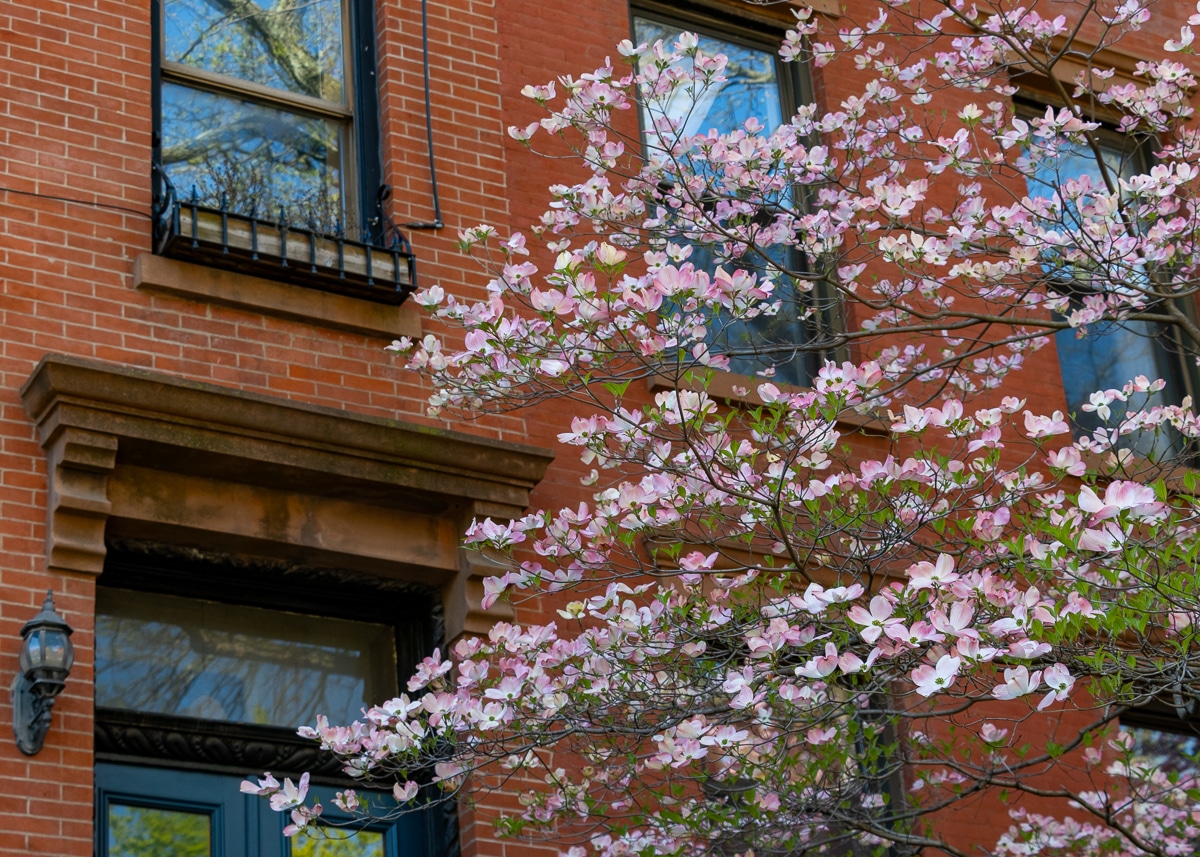Participatory Budgeting Really Is Participatory
A study of the participatory budgeting process that took place in Brooklyn’s District 39 this year revealed that it attracts traditionally disengaged or disadvantaged citizens, reported DNAinfo. “Through about 7,300 city-wide surveys and 82 exit interviews, the Community Development Project at the Urban Justice Center found that participatory budgeting, where community members can decide how to spend…

A study of the participatory budgeting process that took place in Brooklyn’s District 39 this year revealed that it attracts traditionally disengaged or disadvantaged citizens, reported DNAinfo. “Through about 7,300 city-wide surveys and 82 exit interviews, the Community Development Project at the Urban Justice Center found that participatory budgeting, where community members can decide how to spend $1 million in taxpayer money on neighborhood improvements, attracts low-income, minority and women voters, as well as those disillusioned with the government,” the story said. More specifically, more than 60 percent of participants were women, a third were people of color and almost a quarter reported incomes below $35,000. More than half said they disapprove of how the City conducts business and a third said they rarely vote. The process also provides a way for the disenfranchized to participate in politics. About 600 of the participants are not allowed to vote, either because of age, citizenship or arrests. District 39 is repped by Council Member Brad Lander and includes Cobble Hill, Carroll Gardens, Columbia Waterfront, Gowanus, Park Slope, Windsor Terrace, Kensington, and Borough Park.
Participatory Budgeting Brings in Women and Minority Voters [DNAinfo]
Photo by South Slope News









What's Your Take? Leave a Comment